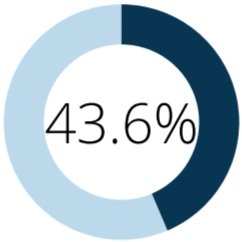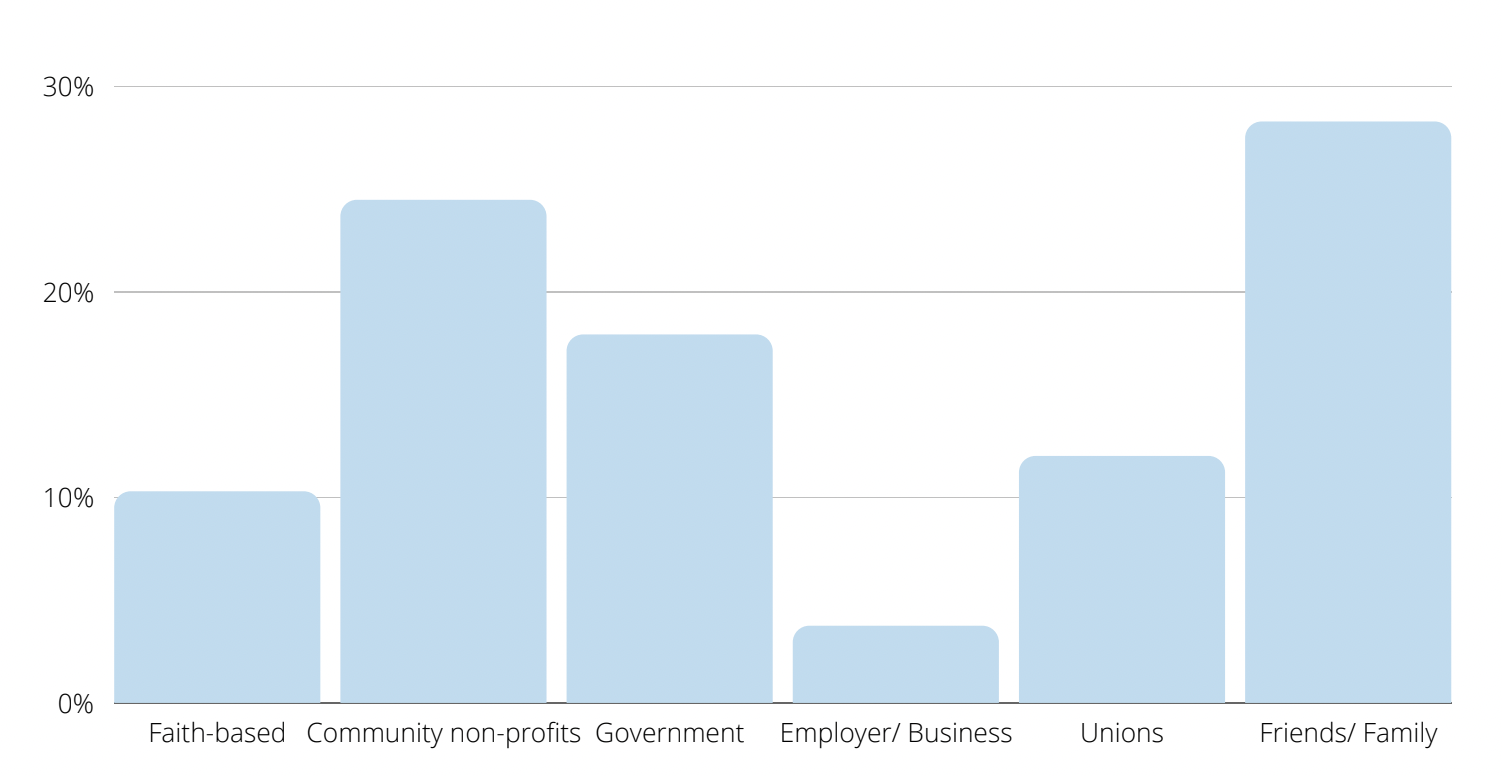Food Insecurity
Explore the factors that exacerbate New Yorker’s ability to access and afford food. This section provides visualizations illustrating experiences of hunger and food insecurity across the City.
*Household food insecurity is defined as difficulty affording and accessing and/or affording food.
**Severe food insecurity is defined as: difficulty affording food and/or difficulty accessing food AND worried about running out of food and/or ran out of food or was unable to find food.
Fall 2022
Spring 2023
In Spring 2023, respondents were asked if they had difficulty accessing/affording food or if they were worried about running out of food. Based on survey responses, Communities Speak found that almost 1 in 4 New Yorkers have experienced severe food insecurity in the past year.
Of Households are Food Insecure
Of Respondents are Worried about Running out of Food
In Fall 2022, respondents were asked if they had difficulty affording* resources such as food and Question 25 asked if they had difficult accessing* food. Overall, 43.6% of respondents reported difficulty affording food, while 32% of respondents reported difficulty accessing food. The reported difficulty affording food is unsurprising considering recent inflationary pricing of everyday goods, which has undoubtably contributed to the food insecurity of New Yorkers.
In the following graphic, we reveal where New Yorkers go to access food when they are having trouble.
*Affordability refers to the cost or price of a food, while accessibility refers to the availability and ease of obtaining food.
Report Difficulty Affording Food
In Fall 2022, respondents were asked if in the past year they were worried about running out of food. 14% of the respondents reported worrying that they were going to run out of food.
Report Difficulty Accessing Food
Respondents Utilized the Following Services for Food
Who is Most Impacted by Food Insecurity in NYC?
of Black New Yorkers reported experiencing SEVERE food insecurity
of Hispanic New Yorkers reported experiencing SEVERE food insecurity
In Fall 2022, respondents were asked about the local resources they used to access food. Respondents reported turning to friends and family and community non-profits most frequently to get their food. Here, community non-profits could refer to food banks/pantries, such as the New York Common Pantry, and other nonprofit supplying food to New Yorkers such as City Harvest and The Bowery Mission.
Spring 2022
Food Insecurity Across Income Brackets
This graph shows the percentage of respondents on our 2022 spring survey across income brackets who either ran out of food, or worried about running out of food in the last year. Almost half of respondents below the poverty line* experienced some form of food insecurity. About one fifth of respondents above the median income experienced food insecurity, which may be linked to fears about food shortages early in the pandemic, and the rising prices of commodities.
*Poverty reflects a level of life marked by insecurity, whether it be of food, housing, lack of resources such as education, health care, and other social services, and/or the absence of a safety net during a circumstance of need. At Communities Speak, we cross-reference income brackets with household size to define poverty.








